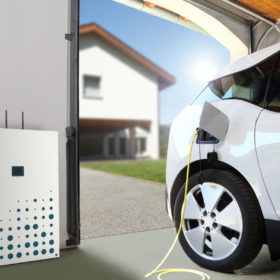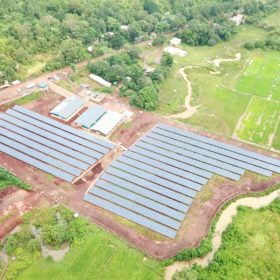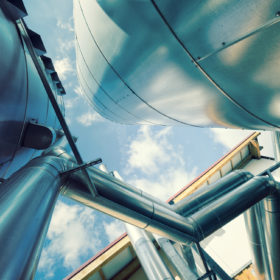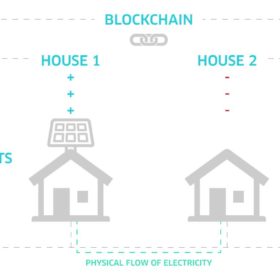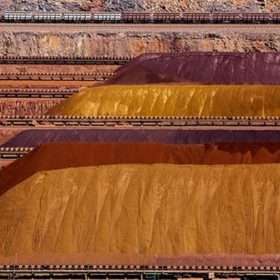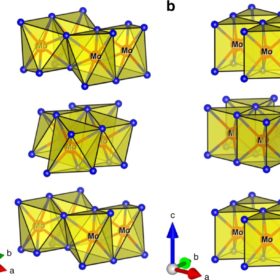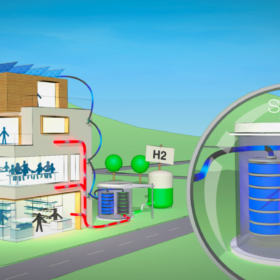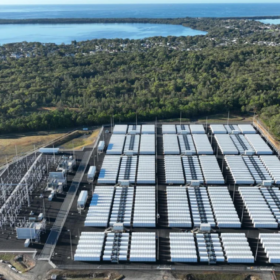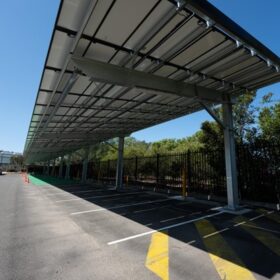South Australia’s renewables gain dispatchable back-up
South Australia’s renewables, particularly wind, have received firm dispatchable back-up as Barker Inlet Power Station begins generating energy for the first time.
Moixa reaches 100 MWh of virtual power plant capacity in Japan
The company says its network is the largest fleet of batteries under virtual power plant management worldwide.
Investors ready US$20 Million for off-grid solar projects in the energy-stricken Philippines
The Philippines is desperately hungry for rooftop solar PV as it seeks to alleviate itself of energy poverty. Pathways are finally opening up for the vast Southeast Asian nation with investors readying US$20 million to fund four new renewable projects.
Saving water with solar and wind
Scientists at Princeton have found solar and wind energy offer the added environmental benefit of reducing water usage, by comparison with hydroelectric dams. Their findings, say the researchers, could have a positive impact on groundwater sustainability in drought-prone regions such as California, where they conducted a case study.
New tool to assess costs and benefits of switching to green hydrogen
A result of a collaboration between global accounting and financial services firm KPMG, Canadian gas giant ATCO, Australia’s national science agency CSIRO and Australian Renewable Energy Agency (ARENA), H2City can be used to assess the costs and benefits of regional town or municipality switching to hydrogen.
South Australia set for large-scale, blockchain-enabled virtual power plant
Known for its blockchain-based peer-to-peer platform that allows energy trading between households, Power Ledger is now readying for the first large-scale commercial rollout of its technology in Australia. The Perth-based company has partnered with electricity wholesaler Powerclub to allow households to pool net solar and battery storage and act as a virtual power plant.
Tritium expands to Europe and the U.S.
Brisbane-based Tritium is quickly becoming a world leader in EV charging technology as the company rapidly expands across Europe and the United States.
Australia could fall apart under climate change. But there’s a way to avoid it
Four years ago in December 2015, every member of the United Nations met in Paris and agreed to hold global temperature increases to 2°C, and as close as possible to 1.5°C. The bad news is that four years on the best that we can hope for is holding global increases to around 1.75°C. We can only do that if the world moves decisively towards zero net emissions by the middle of the century.
Scientists double down on hydrogen production
A team of scientists led by the University of Glasgow has discovered a more efficient method of splitting water into hydrogen and oxygen using electricity which it says could almost double the amount of hydrogen produced per millivolt.
French consortium develops hybrid storage and co-generation system
The Smart Energy Hub can operate in electrolysis mode to store renewable energy as hydrogen, or in fuel cell mode to produce electricity and heat from previously produced hydrogen or methane. Its developers are the French Alternative Energies and Atomic Energy Commission and start-up Sylfen.

